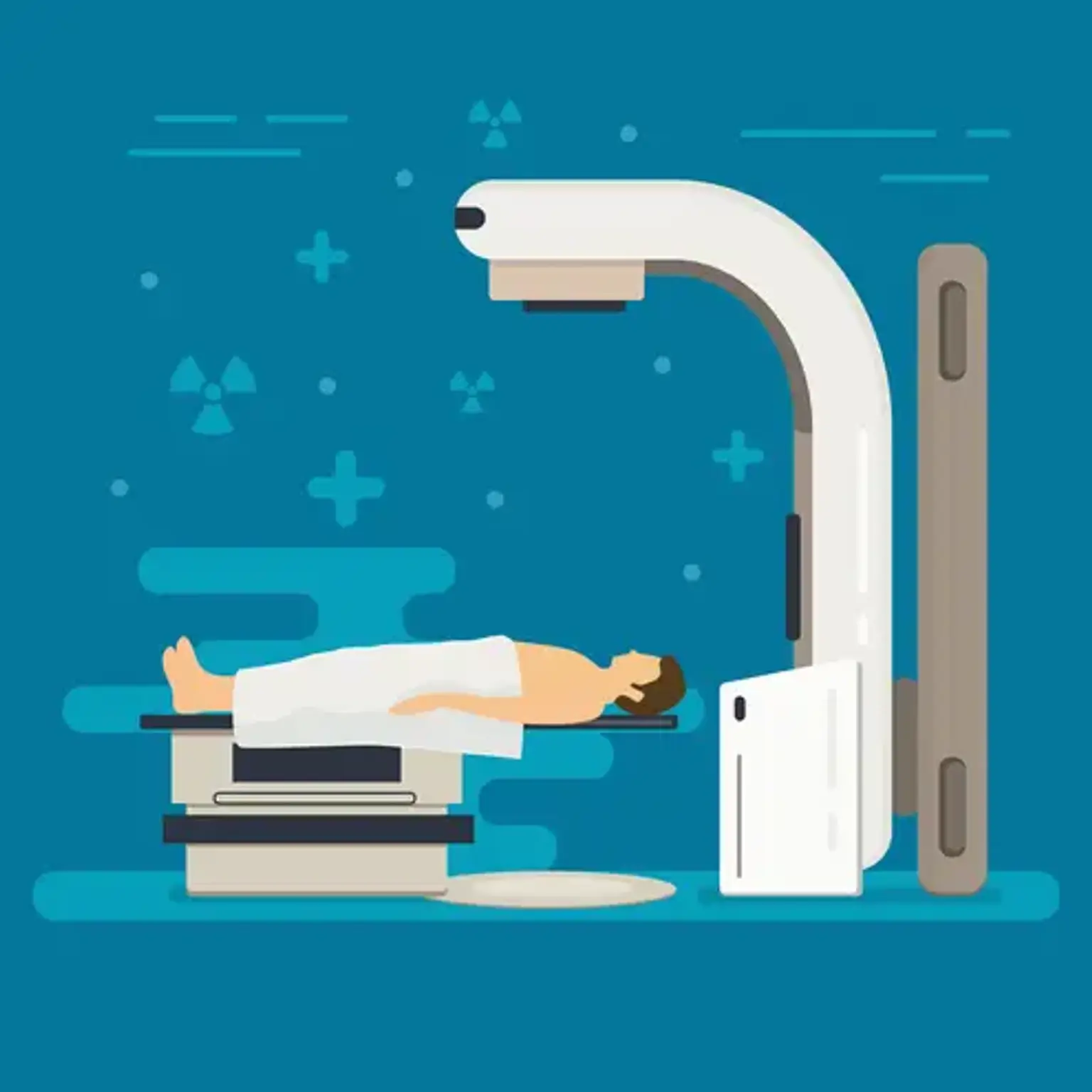Isotope therapy
Overview
The two most well-known cancer therapies are chemotherapy and radiation therapy. There are several forms of radiation treatment, just as there are numerous types of chemotherapy. Internal radiation is a cancer treatment that involves inserting a radioactive substance into your body to treat cancer. Internal radiotherapy includes radioisotope treatment.
